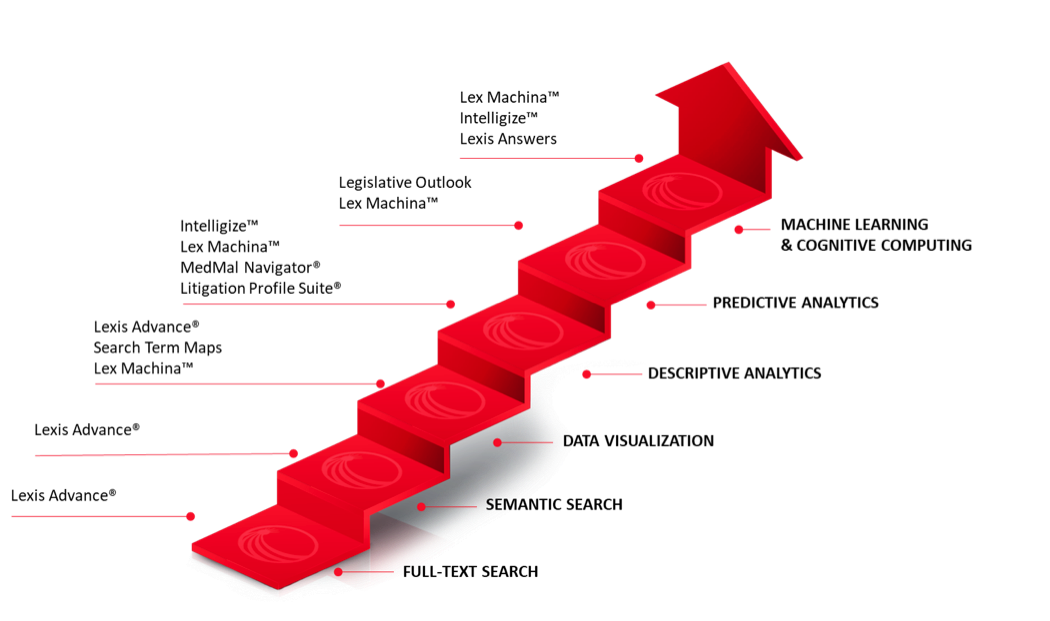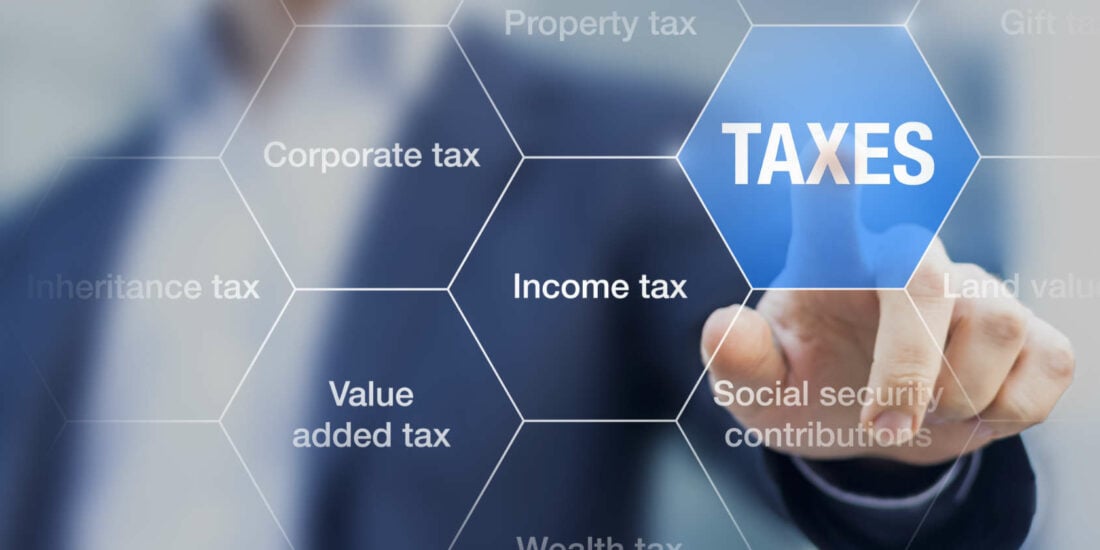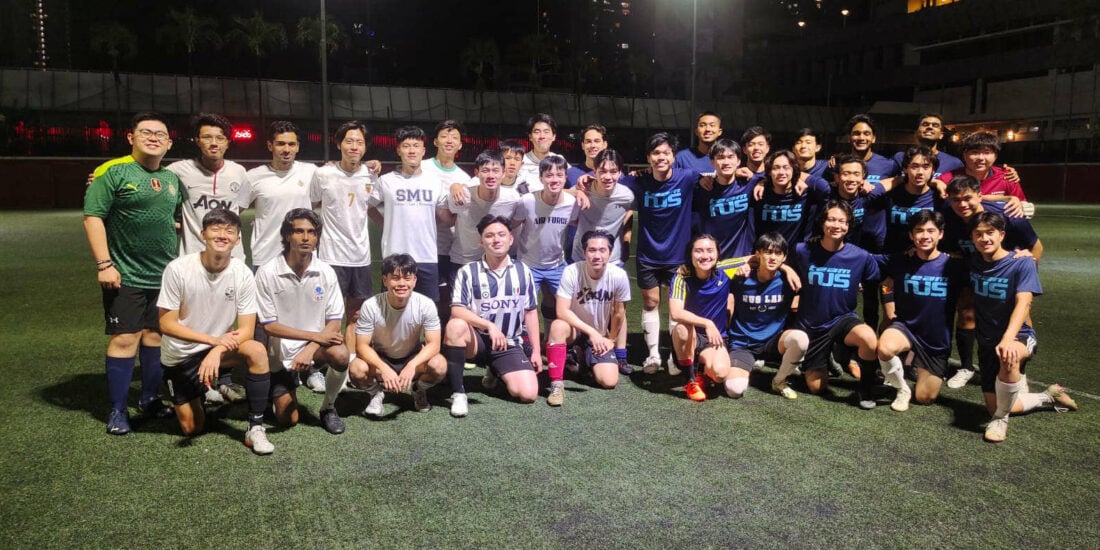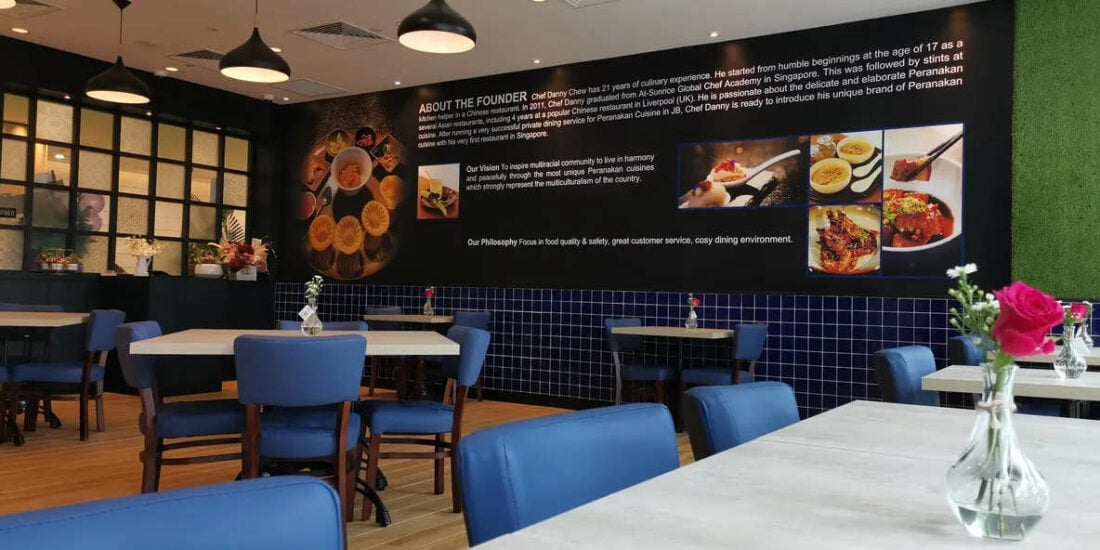
Addressing Rapid Changes in the Global Legal Industry with Technology Solutions
Technology is impacting the legal industry globally in more ways than one. Gaythri Raman, Managing Director of LexisNexis Southeast Asia and Min Chen, Vice President and Chief Technology Officer of LexisNexis Asia Pacific share with the Singapore Law Gazette on how they are addressing the quick pace of technological changes and their take on what to look out for in the horizon.
What would you say are the key trends in the global legal tech scene and what changes can Singapore and ASEAN expect to see in the next five years as a result of these trends?
Min Chen (MC): Artificial intelligence, definitely. At the same time, we are seeing a lot of players, inside and outside of the legal tech industry, focus on automation related developments – both on the global level as well as Asia Pacific. Traditional machine learning areas such as classification, clustering, and regression have already been applied to improve efficiency and giant tech companies like Google, Amazon, Alibaba, and Microsoft have all begun providing handy API services so you don’t have to build those algorithms from the scratch. At the end of the day, the priority for the legal industry will always be about easy-access-to-data and surfacing data that is most relevant; powered by capabilities such as big data processing, data analytics, machine learning and natural language processing underpin these strongly.

Figure 1 Legal Research Evolution
Gaythri Raman (GR): Artificial intelligence, machine learning, and big data analysis for sure. These are the key technological innovations that will be key in moving the needle on the legal tech front globally.
Here in Southeast Asia, I am looking forward to seeing the region focus on virtual platforms. In Singapore, a lot of the legal services provided are cross border related so there is a large opportunity for virtual testimonies, virtual court proceedings, and even alternative dispute resolution platforms. Enabling virtual testimonies and proceedings will not just improve efficiencies but will also remove whatever physical barriers there were in access to justice.
There is also great opportunity for voice technology in the region. The ability to record a voice dictation that will be converted into meaningful, useable and quality output will greatly benefit all in the legal industry – from paralegals to junior lawyers and senior partners. This will need to run on two levels: firstly, to convert dictation into text and secondly, to understand the context of the converted text and run prediction analysis to determine requirement for reference and supporting materials.
Can you give us some insights on how LexisNexis has driven innovation in legal technology globally or in ASEAN?
GR: We are an information analytics company that has always been at the forefront of driving innovation for the legal industry. From being the first to make legal research possible online, we have evolved to combine our massive trove of legal database (over 81 billion documents and records) with data visualization and predictive analytic tools to make legal research even more reliable for our customers.
Our challenge today isn’t the lack of data but how we can surface the most accurate and relevant piece of information that our user needs in the quickest possible time. We are investing a lot of attention into search in the legal domain – this is evident in the more recent iterations of our products and we will continue to refine it. We will be launching Lexis Advance, our new legal research platform in Singapore by the end of 2018 and we are excited to see how our customers react to our work.
On a global level, we also run a Legal Tech Accelerator program which helps startups accelerate their growth. Leaders in our business, from our Chief Technology Officer to Chief Product Office, are hands-on in running the program conducted from our Lexis Machina office in Menlo Park, Silicon Valley. Under the Accelerator program, we take the participants through a formal 12-week program to equip them with tools they need to develop and maintain a sustainable trajectory for growth and this can range from agile product development to commercialization and marketing.
Closer to home I have been working closely with Future of Law Innovation Program (FLIP) under Singapore Academy of Law and they have started their very own 100-day Accelerator program, in Singapore which also brings in enterprises from around the region.
MC: When we look at innovation we also consider what we can do with other partners. In late 2016, my team in Australia collaborated with the Australian Human Rights Commission (AHRC) to develop RightsApp, the world’s first mobile application that allows users to quickly and easily search international human rights conventions and declarations by topic and right. This was an initiative led by a Manager of the Software Engineer team who dedicated his volunteer hours and personal time to build an app that will assist governments and legislators with understanding obligations and rights under international human rights laws – the creation of which resonates with our mission to advance the rule of law. We were even more excited when we heard that it made the Top 20 in the Smart 100 index of Innovations in Australia by Anthill magazine – the largest award program in Australia that is dedicated to innovation where over 700 nominations are submitted before they are shortlisted to the 100 that are profiled annually.
How do you personally drive the innovative spirit within your team in getting them to challenge boundaries, think differently about the kind of solutions that they are developing, and most importantly – in keeping up with rapid technological change?
GR: I used to lead the Customer Discovery and Innovation program for the Asia region and to this day, innovating for our customers is ingrained in the way that I approach a problem. More and more I get my team – from Product Managers to Legal Editors – to ask themselves: “Can we do more for our customers?” They may not be in customer-facing roles, but I encourage them to get into huddles and brainstorm on how we can innovate whether it is from building a bespoke solution to printing on demand – our focus will always be first and foremost on our customers.
We also run focus groups with customers and in all the sessions that we conduct, before anything else, we start with the pertinent million-dollar question: “What keeps you up at night?” and what our customers tell us forms the foundation to the way we approach development of innovative solutions that will help them do what they do best.
Internally, it takes a village and a whole new approach to running a product team. LexisNexis is a 100-year old legal tech company and we are still successful and relevant today. This takes work. We need to be open to change, to embrace evolution and our messaging to our teams consistently support this. In Southeast Asia, we launched the Two-Way Knowledge Sharing Program with our Technology Team in Shanghai. All employees can participate in the exchange, learn what goes on in the developers’ world. It is a bit intimidating for the uninitiated but the more we learn about the technology that enables our work and our products, the easier it will be for us to constantly ideate and innovate to create better products and solutions for our customers.
MC: I have been running an “Edison’s Lab Innovation Program” out of the Shanghai office for about four years now. We group the engineers and product managers into virtual teams focusing on: Next-generation Search, Big & Smart Data, and User Experience. The teams gather regularly to discuss new ideas, new solutions and build various proofs of concept to keep pace with technological changes that will address customers’ pain points and we run competitions and hack-a-thons internally as well.
For me, the best way to drive change is to be proactive, be genuine about what your passion is, and most importantly, be part of the change – so that the team will feel it and feel more enabled to drive changes. I take part in the Edison’s Lab Innovation Program as a participant as well and work hand in hand with my team in building proofs of concept, brainstorm ideas or ways to overcome setbacks and rejoice together when we have a breakthrough. It is always hard to challenge the status quo but when you demonstrate that you are relentless in your pursuit for innovation, then it becomes infectious and the team culture will follow suit.
Does legal technology differ between different legal systems (for example, how do the considerations, initiatives and concerns of a civil law jurisdiction such as China differ from that of the common law systems in the UK, Australia and Singapore?)
MC: The major difference lies in the data itself. As a start, the same search result recommendation engine can be leveraged for both Chinese and Malaysian cases (despite coming from two very different legal systems), but a clear understanding of the data and the context that the content operates in will ensure the most accurate answer is delivered to the user. So, we could use the same technical algorithm to process data from China and Malaysia to deliver the same feature, but behind the scene, we put in the work for parameters adjustments, training datasets labeling, configurations and other work against different types of data to form the legal domain oriented tuning process which varies from data to data, context to context.
What are your views on the regulatory initiatives that are available in Singapore to help the legal sector adopt, adapt to, and even participate in the creation of new technologies? (Legal Technology Vision, Tech Start for Law, Smart Law Assist)
GR: When I think about legal technologies in the region I always think of two things: (1) what are our existing global LexisNexis innovations that I can bring to our customers and (2) what do our customers in Southeast Asia need and how can we provide the right solution for them? To do that, I also always have to consider the opportunities to partner with government and regulatory bodies so that we can leverage on their policies and programs to drive adoption of technological resources.
Singapore is a leader in the region from its various state driven initiatives and investments. When the Singapore government unveiled a S$2.4 billion investment on Future Economy strategies during its 2017 Budget, that was a strong indicator that the government is committed to drive innovation and industry transformation.
We echo the sentiment of Singapore Academy of Law when the Academy unveiled Singapore’s Legal Technology Vision that the industry is ripe for change and all stakeholders – practitioners, regulatory bodies, and service providers included – are at the cusp of moving the needle by coming together to embrace legal technology as an enabler to improve existing practices in legal industry and to not resist disruptions.
Additionally, Singapore’s position as a leading financial and economic hub in the Southeast Asia region makes it the most suitable choice as an incubator and driver of legal technology innovation in the region. To this point, we are proud to have our products be recognised and included in programs like Tech Start for Law and Smart Law Assist to help us reach more practitioners who are looking for innovative solutions to address their needs.
For more information on the SmartLaw Assist scheme by the Law Society of Singapore, go to http://www.lawsociety.org.sg/SmartLawAssist






